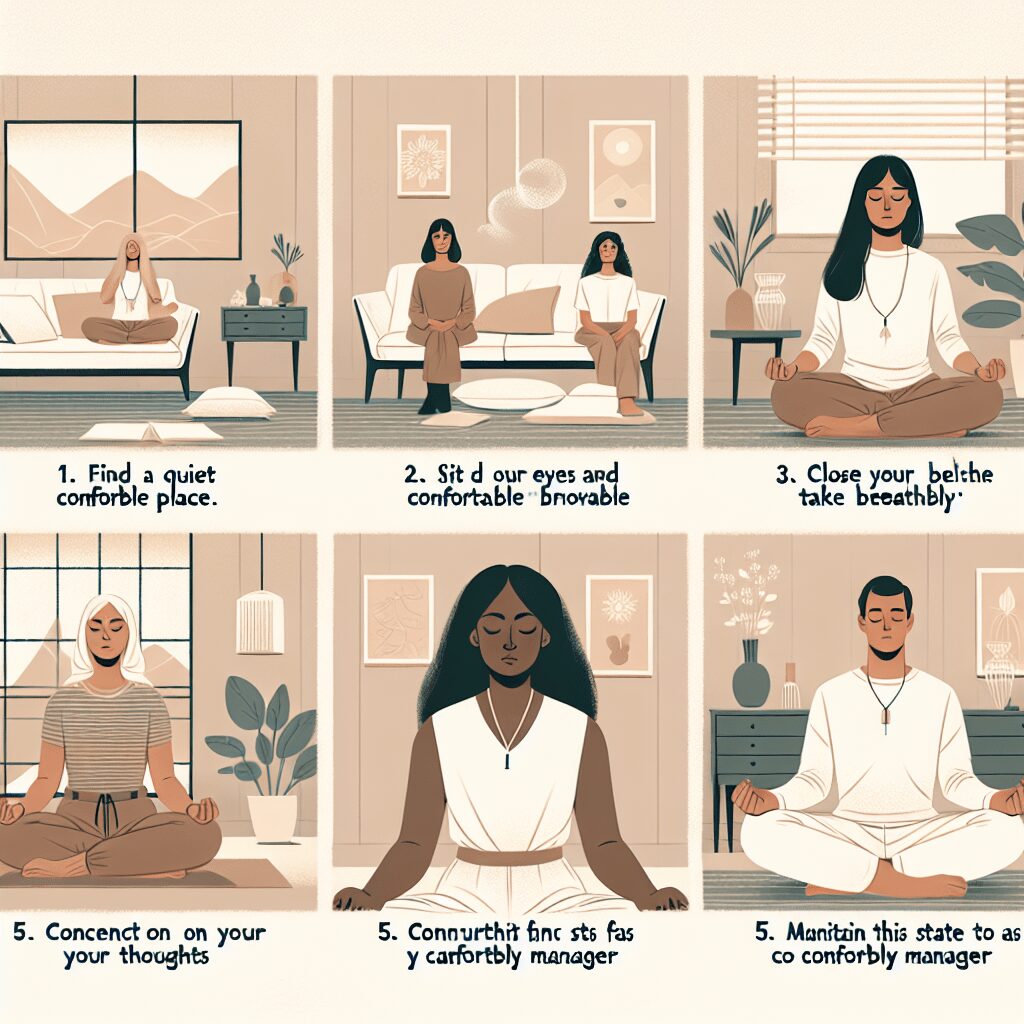
Prioritize your mental well-being daily. Enhance your life by nurturing your mental health with the Smart Meditation app. Break free from stress, alleviate anxiety, and enhance your sleep quality starting today.
In Redesigning The Job To Reduce All Forms Of Stress, What Should You Focus On?
Crafting a Low-Stress Workplace: A Blueprint for Success
In today’s fast-paced world, stress is as common in the workplace as a cup of morning coffee. Yet, it doesn’t have to be the status quo. If you’re in the throes of tailoring a job or an entire office environment to cut down on stress, your focus should be strategic. It’s about hitting the sweet spot between productivity and peace of mind. So, how can you turn this ideal into a reality?
The Cornerstones of Stress Reduction in the Workplace
1. Autonomy All The Way
Here’s the scoop: people thrive when they have control over their work. Granting employees more autonomy—be it flexi-hours, remote working options, or decision-making powers—can significantly dial down stress levels. It’s all about trust. Show your team you trust them to manage their time and tasks, and you just might see a happier, more motivated workforce.
2. The Communication Code
Ever heard of the saying, “A problem shared is a problem halved”? Well, it hits right at home in the workplace. Establishing open lines of communication isn’t just beneficial; it’s essential. Encourage team members to voice concerns, ask for help, and share ideas without fear of retribution. A culture of openness can act as a safety valve for stress, preventing issues from snowballing into bigger problems.
3. Task Tailoring
Square pegs don’t fit in round holes, and the same goes for employees and their tasks. By aligning tasks with an individual’s skills and passions, you can boost engagement and satisfaction. It’s like letting a fish swim with the current rather than against it. Regularly check in with your team to ensure their responsibilities are both challenging and achievable. Remember, a bored employee is just as stressed as an overworked one.
4. Power-Packed Breaks
Let’s face it, we’re not robots. Continuous work without breaks is a recipe for burnout. Encouraging regular breaks—preferably away from the workstation—can rejuvenate the mind and reduce stress. Think about dedicating a relaxation space where folks can unwind or meditate. Or even better, how about instigating a “walking meeting” culture? Fresh air plus a change of scenery equals a refreshed, less stressed team.
5. Skill-Up Sessions
The fear of not keeping up with the fast pace of industry changes can be a significant source of stress. Offering ongoing training and development opportunities can ease this anxiety. It shows your team that you’re invested in their growth and you’re all in the same boat, paddling towards a shared future of success and stability.
The Final Verdict
Juggling to reduce workplace stress might seem like you’re trying to solve a puzzle blindfolded, but it’s far from impossible. By focusing on autonomy, communication, task alignment, break culture, and continuous skill development, you can significantly lower the stress thermometer in your office.
Remember, devising a low-stress workplace is not a one-and-done deal; it’s an ongoing process. It requires patience, perseverance, and a good dollop of empathy. But the payoff? A thriving, engaged, and yes, more relaxed team, ready to face challenges head-on. So, here’s to less stress and more success!





